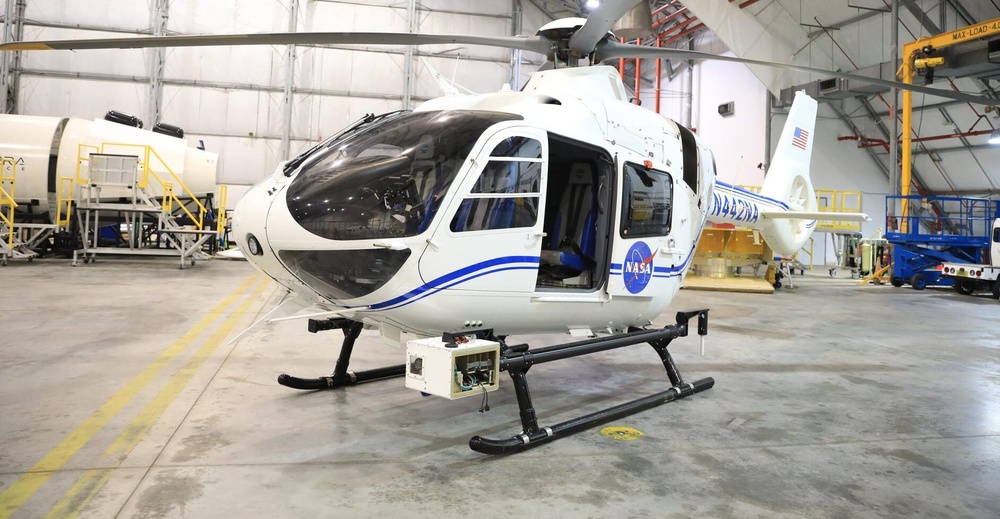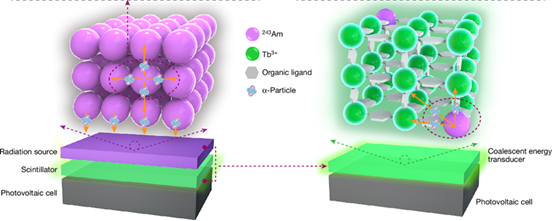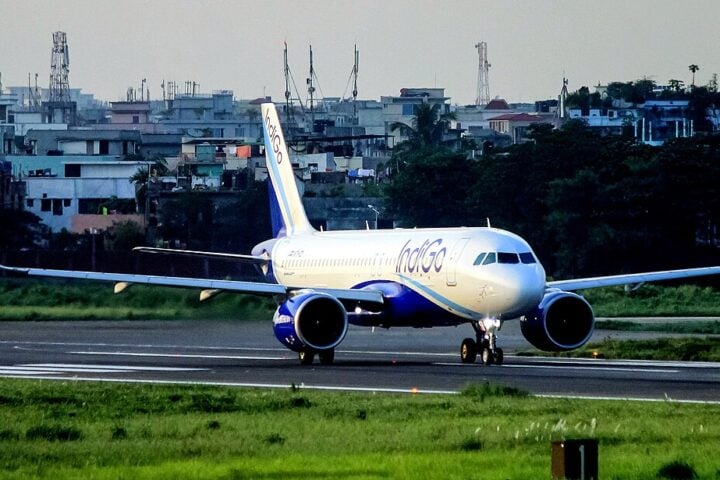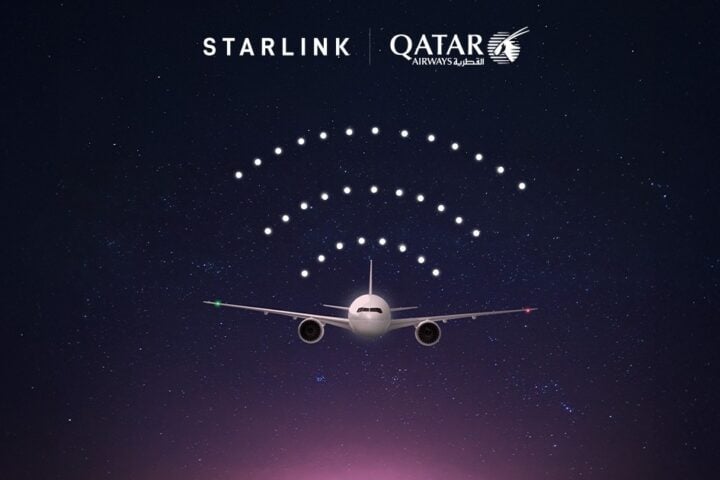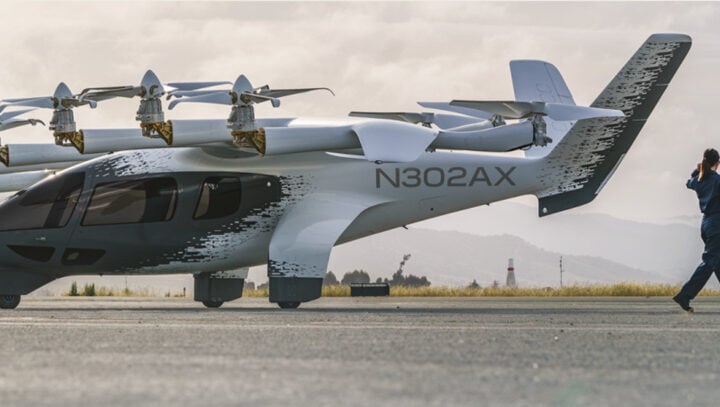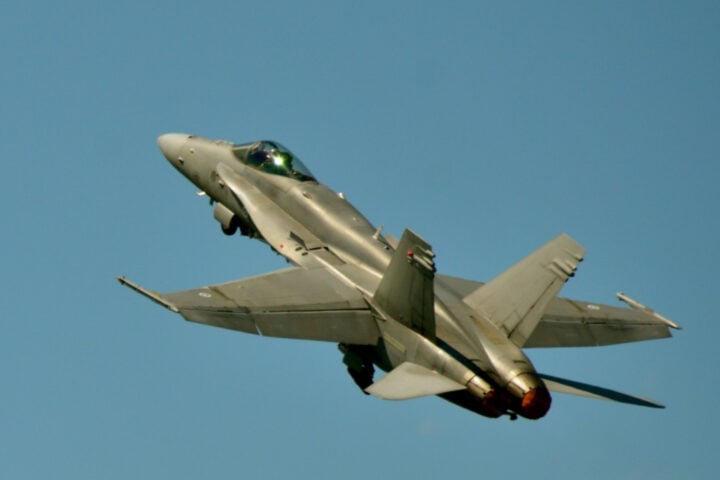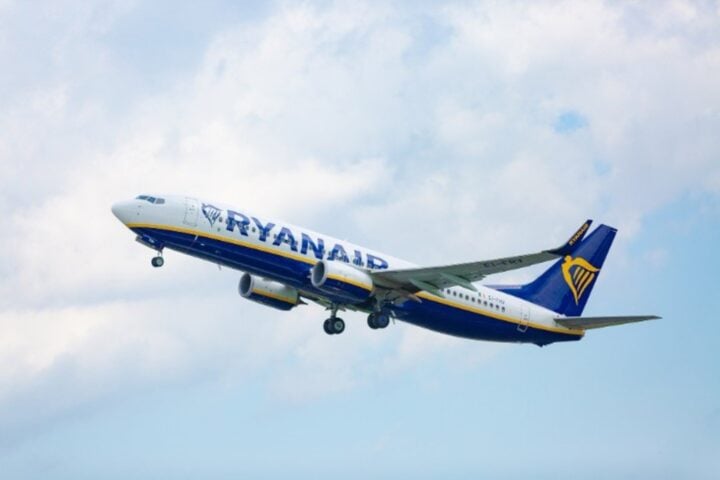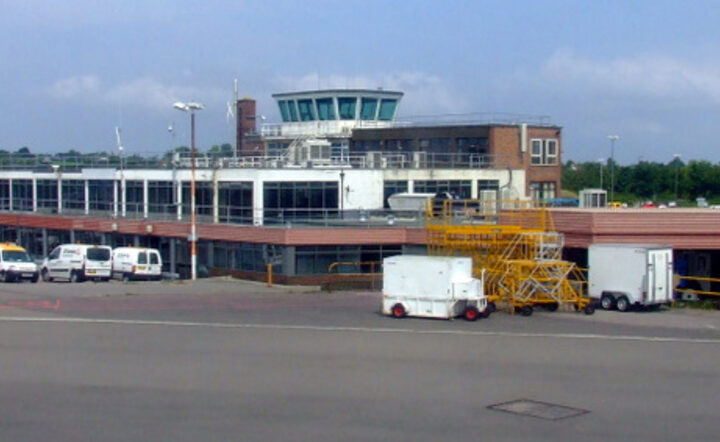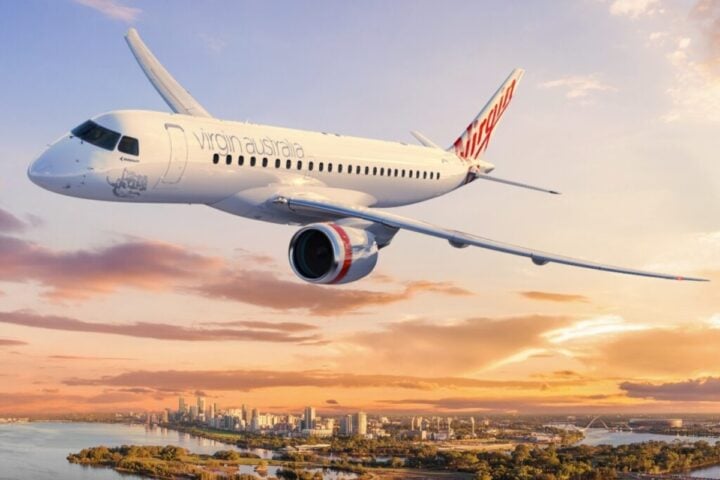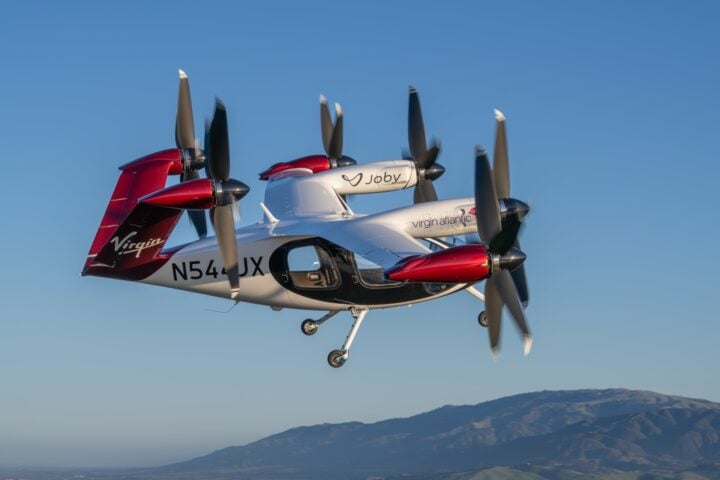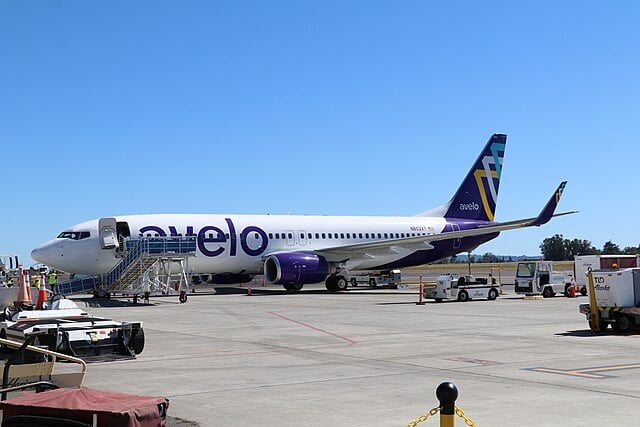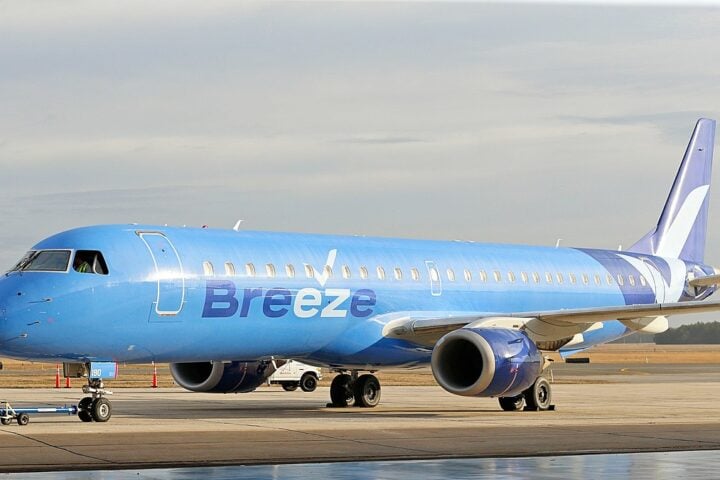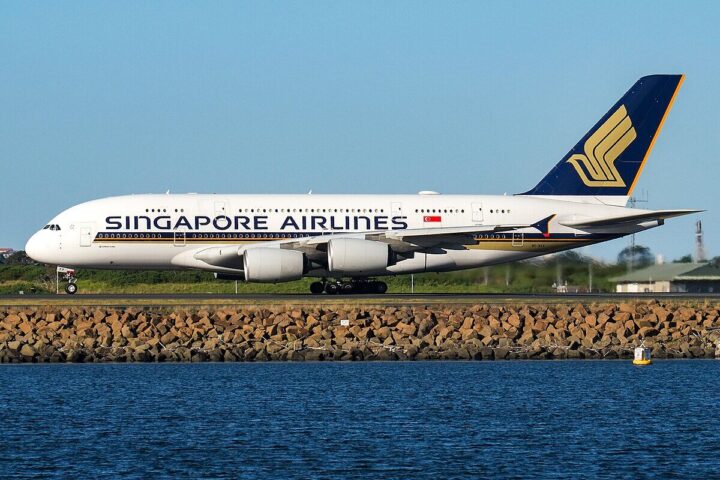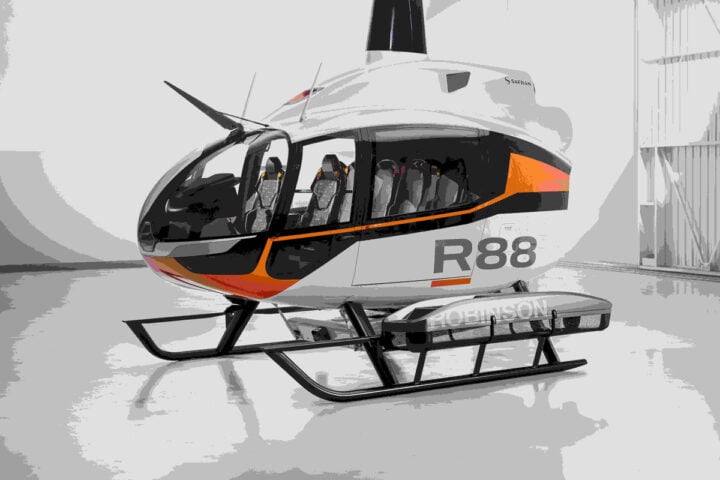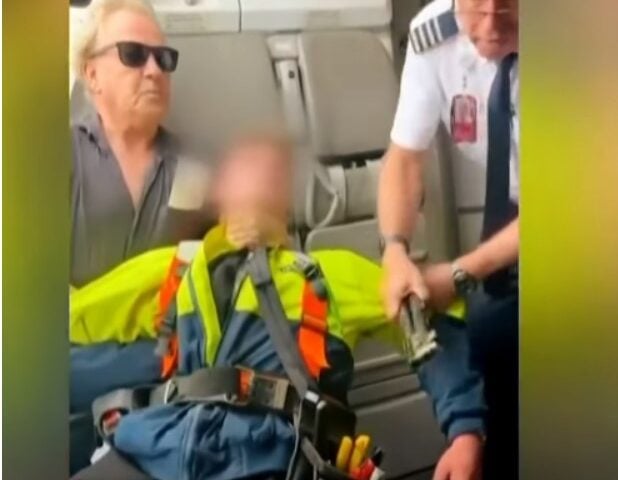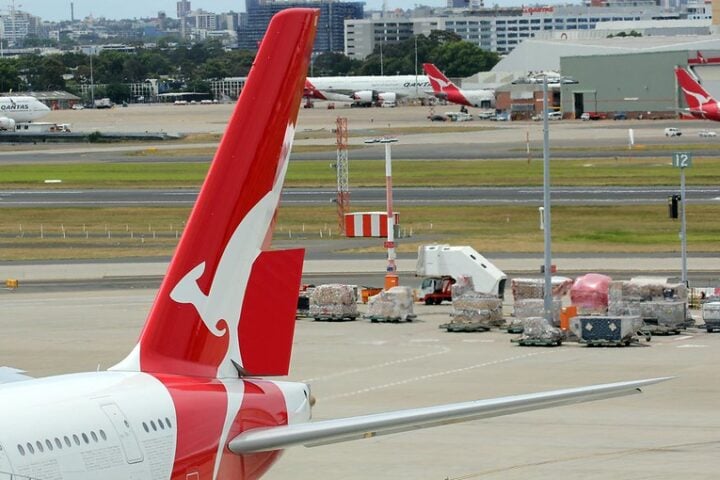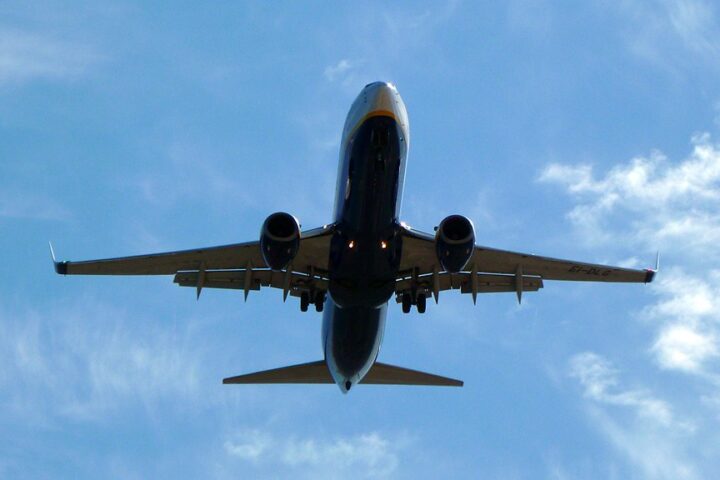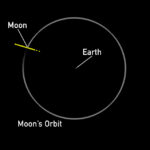In the ever-evolving landscape of aviation technology, NASA has introduced a new tool aimed at enhancing the capabilities of self-flying aircraft. The Airborne Instrumentation for Real-world Video of Urban Environments (AIRVUE) sensor pod, developed at NASA’s Armstrong Flight Research Center in Edwards, California, represents a step forward in the realm of autonomous aviation.
The Genesis of AIRVUE
The AIRVUE pod, a compact device designed to be attached to the base of aircraft, was recently put through its paces at NASA’s Kennedy Space Center in Florida. In April 2024, researchers conducted initial tests by mounting the pod on a NASA helicopter, allowing it to survey the surrounding environment.
Nelson Brown, the lead NASA researcher for the AIRVUE project, explained the rationale behind this innovation as data being the fuel for machine learning. They hope to inspire innovation by providing the computer vision community with realistic flight scenarios. Accessible datasets have been essential to advances in driver aids and self-driving cars, but so far, no one has seen open datasets like AIRVUE in aviation.
The Technical Specs
The AIRVUE pod is equipped with an array of cameras and sensors. These instruments are tasked with collecting visual data on weather conditions and potential obstacles that autonomous aircraft might encounter during flight. This information is then compiled into a comprehensive dataset, which NASA intends to share with manufacturers in the Advanced Air Mobility (AAM) industry.
The broader context
The development of AIRVUE comes at a time when the AAM sector is gaining momentum. Companies like Joby Aviation, Wisk Aero, and Archer Aviation are all working on electric air taxis and other autonomous aircraft. NASA’s involvement in this field extends beyond the AIRVUE project. In 2022, the agency contracted Xwing, an autonomous flight developer later acquired by Joby Aviation, to design a safety management system for uncrewed flights.
Similar Posts
The Challenges Ahead
While the AIRVUE pod represents progress, it also highlights the complexities involved in autonomous aviation. The computer algorithms that will enable aircraft to sense their environment must be reliable and proven to work in a wide range of flight circumstances. This is no small feat, considering the unpredictable nature of weather and the myriad obstacles present in urban environments.
Elizabeth Nail and A.J. Jaffe, NASA researchers involved in the project, spent considerable time preparing the AIRVUE sensor pod for testing. Their meticulous work underscores the precision required in this field.
The Data Dilemma
One of the key issues AIRVUE aims to address is the fragmentation of data in the AAM industry. Typically, when a company conducts its own data collection, it rarely shares that information with competitors. NASA’s role in facilitating an accessible dataset for all companies in the AAM industry could prove crucial in ensuring that the United States maintains its position at the forefront of innovation in this sector.
Future Plans
NASA’s vision for AIRVUE extends beyond its current incarnation. Once the design is refined through evaluation and additional testing, the agency hopes to produce more pods that can be deployed on various types of aircraft. This expansion would allow for the collection of a more diverse range of visuals, further enriching the digital repository of data available to AAM manufacturers.
The broader implications
The development of AIRVUE is part of NASA’s larger AAM mission, which seeks to provide commercial firms with the data they need to safely integrate air taxis, drones, and other autonomous vehicles into the national airspace. This mission encompasses research on various aspects of AAM, including turbulence, noise, battery safety, and simulated operations around busy U.S. airports.
Drone Operations: A Related Frontier
While AIRVUE is primarily focused on autonomous aircraft like air taxis, its potential applications extend to the drone industry as well. NASA has been actively involved in helping the Federal Aviation Administration (FAA) develop rules for drone operations beyond the visual line of sight (BVLOS) of the pilot. The lifting of BVLOS restrictions could significantly expand the service area for drone delivery services.
Above and Beyond
As we’ve seen with the transition from propeller planes to jets and from analog to digital cockpits, each technological advancement brings both opportunities and challenges. The success of AIRVUE and similar technologies will depend not only on their technical capabilities but also on how well they can be integrated into existing aviation systems and regulations.
